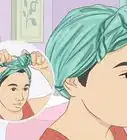This article was co-authored by Jami Yaeger. Jami Yaeger is a Parenting Specialist, Doula, and the Owner of AustinBorn, an online community offering comprehensive and modern education to growing families. With 10 years of experience, Jami specializes in whole family support for pregnancy, birth, postpartum, and parenting. Jami earned her BA in Theatre Performance from San Diego State University and earned her Certification as a Lactation Education Counselor from the University of California, San Diego. She is a Certified Infant and Child CPR Instructor, Birth and Postpartum Doula, and Childbirth Educator.
This article has been viewed 46,352 times.
Baby hair can range from almost non-existent to a full head of hair. Babies who have lots of hair may have sections that stand straight up or that fall into their eyes, while babies with long hair may end up with tangles that require special attention, such as conditioning and combing. Some babies may also have delicate hair that falls out or that gets frizzy easily. No matter what your baby's hair situation, there is a way to train their hair and keep it looking its best!
Steps
Training Stray Hairs
-
1Use a headband, barrette, or hat to keep hair from sticking up. One simple way to get your baby's hair to go in the direction you want it to go is to use accessories, such as a hat, barrette, or headband. Smooth out the hair how you want it to go and then put the hat or headband over it to hold it down.
- For example, if your baby has a tuft of hair that sticks up on the top of their head, smooth it down and then slide a hat on over it to secure the hair.
- Make sure that you watch your baby carefully if you use barrettes. These pose a choking hazard if they come loose.[1]
-
2Trim any hairs that cover your baby's eyes. Your baby may have trouble seeing due to stray hairs that fall in their face and cover part or all of their eyes. To help your baby see better, consider trimming these hairs or taking them to a hair stylist for a trim.[2]
- For example, if your baby's bangs are extra-long and they frequently get into their eyes, then trimming them a bit could help your baby see better.
Advertisement -
3Keep hair longer if your baby has a cowlick. A cowlick is a section of hair that grows in a circular pattern, often near the top rear part of a baby's head. Avoid cutting the hair too short around the cowlick because this will cause the hair to stick up even more. Keep the hair longer in this area.[3]
- For example, if your baby has a cowlick on the top of their head, then you could keep the hair longer on top and just have their hair stylist trim the sides.
-
4Put long hair into ponytails to keep it from getting tangled. If your baby has long hair, then putting it into 1 or more ponytails can help to prevent it from becoming tangled as they go about their daily activities or while they are sleeping. Use a comb to section the hair into as many ponytails as needed to keep the hair contained.[4]
- For example, if your baby has lots of hair, but it is not long enough to gather into 1 ponytail, then divide it into 3 sections: 1 at the top of their head and 1 on each side of their head.
- Make sure that the ponytails are not too tight because this can damage baby hair.[5]
-
5Leave hair loose and free to avoid breakage. While you may want to keep your baby's hair contained so they look tidier, letting their hair hang loose and free has its advantages, too. By keeping their hair loose, it will be less likely to break or get damaged. This will mean that your baby's hair will look healthier.[6]
Detangling Hair
-
1Use conditioner prevent tangles. If your baby's hair tangles easily, then use a baby-safe conditioner every time you shampoo their hair.[7] Apply the conditioner after you shampoo and rinse your baby's hair. Use enough of the conditioner to coat the hair from roots to ends. Then, gently work the conditioner through the hair with your fingertips.[8]
- For extra soft hair, only rinse about 75% of the conditioner out to help keep your baby's hair soft and tangle-free.
-
2Spray on leave-in conditioner to work through stubborn tangles. If your baby's hair is badly tangled, then spraying the tangles with a leave-in conditioner may be necessary. This will lubricate the strands and make it easier for you to comb through the tangles. Spray on the leave-in conditioner and let it set for a few minutes before attempting to comb out the tangles.[9]
- Make sure to use a leave-in conditioner that is meant for babies. Check the label to be sure.
-
3Hold your baby's hair near the scalp. To avoid pulling your baby's hair, hold the section of hair that you want to comb or brush about 1 inch (2.5 cm) above the roots. Then, focus on detangling that section of hair. After you have detangled that section, grasp the next section of hair that you want to detangle.[10]
- Continue to do this until you have worked through all of the tangled sections of your baby's hair.
-
4Comb or brush your baby's hair starting near the ends. Try combing through the hair with a wide-tooth comb or soft bristle brush. Start near the ends and work up the shaft of your baby's hair until you can easily comb through the full length of their hair without resistance. Just be careful not to pull their hair.[11]
Maintaining Scalp Health
-
1Expect your baby to lose some or all of their newborn hair. Even if your baby was born with a full head of hair, they may lose some or all of that hair by the time they are 6 months old. Do not be alarmed if this happens! It is totally normal. Your baby's new hair should begin to grow in around the same time.[14]
- Keep in mind that when your baby's new hair does grow in, it may look totally different from their newborn hair. It may have a different color, texture, and thickness.
-
2Change your baby's position often to prevent bald spots. Babies may lose hair in patches from being in 1 position for too long. Make sure to turn your baby's head for them if they have been in 1 position for a while. This will also help to prevent your baby from getting a flat spot on their head.[15]
- For example, if your baby has been napping on their back with their head turned to the right for about an hour, then gently turn their head so that they are facing towards the left or looking up instead.
-
3Shampoo your baby's hair no more than 2 times per week. Shampooing your baby's hair too often may cause it to break more easily and it can also irritate your baby's scalp. It may also lead to frizz, which makes it harder to manage.[16]
- Babies with African American hair only need their hair washed 1 time per week, while babies with other hair types may need their hair washed twice per week.[17] Start out washing your baby's hair only 1 time weekly. If you notice that their hair looks oily or greasy after a few days, then your baby probably needs you to wash their hair twice per week.
Expert Q&A
-
QuestionHow often should I brush my child's hair?
 Jami YaegerJami Yaeger is a Parenting Specialist, Doula, and the Owner of AustinBorn, an online community offering comprehensive and modern education to growing families. With 10 years of experience, Jami specializes in whole family support for pregnancy, birth, postpartum, and parenting. Jami earned her BA in Theatre Performance from San Diego State University and earned her Certification as a Lactation Education Counselor from the University of California, San Diego. She is a Certified Infant and Child CPR Instructor, Birth and Postpartum Doula, and Childbirth Educator.
Jami YaegerJami Yaeger is a Parenting Specialist, Doula, and the Owner of AustinBorn, an online community offering comprehensive and modern education to growing families. With 10 years of experience, Jami specializes in whole family support for pregnancy, birth, postpartum, and parenting. Jami earned her BA in Theatre Performance from San Diego State University and earned her Certification as a Lactation Education Counselor from the University of California, San Diego. She is a Certified Infant and Child CPR Instructor, Birth and Postpartum Doula, and Childbirth Educator.
Parenting Specialist A good practice (and one that makes this experience better for all) is to be consistent with combing and brushing. This will allow your child to get used to brushing and will help prevent frequent and future knots. Make a daily habit of brushing your child’s hair.
A good practice (and one that makes this experience better for all) is to be consistent with combing and brushing. This will allow your child to get used to brushing and will help prevent frequent and future knots. Make a daily habit of brushing your child’s hair. -
QuestionWhat supplies do I need for brushing my baby's hair?
 Jami YaegerJami Yaeger is a Parenting Specialist, Doula, and the Owner of AustinBorn, an online community offering comprehensive and modern education to growing families. With 10 years of experience, Jami specializes in whole family support for pregnancy, birth, postpartum, and parenting. Jami earned her BA in Theatre Performance from San Diego State University and earned her Certification as a Lactation Education Counselor from the University of California, San Diego. She is a Certified Infant and Child CPR Instructor, Birth and Postpartum Doula, and Childbirth Educator.
Jami YaegerJami Yaeger is a Parenting Specialist, Doula, and the Owner of AustinBorn, an online community offering comprehensive and modern education to growing families. With 10 years of experience, Jami specializes in whole family support for pregnancy, birth, postpartum, and parenting. Jami earned her BA in Theatre Performance from San Diego State University and earned her Certification as a Lactation Education Counselor from the University of California, San Diego. She is a Certified Infant and Child CPR Instructor, Birth and Postpartum Doula, and Childbirth Educator.
Parenting Specialist You should have 2 detangling brushes or combs, detangling spray or conditioner, and a spray bottle with water if you're working with dry hair. We recommend having 2 brushes or combs so that your child is able to help with detangling their own hair. Giving them this option can help make the experience a positive one.
You should have 2 detangling brushes or combs, detangling spray or conditioner, and a spray bottle with water if you're working with dry hair. We recommend having 2 brushes or combs so that your child is able to help with detangling their own hair. Giving them this option can help make the experience a positive one. -
QuestionWhat kind of brush should I use to brush my baby's hair?
 Jami YaegerJami Yaeger is a Parenting Specialist, Doula, and the Owner of AustinBorn, an online community offering comprehensive and modern education to growing families. With 10 years of experience, Jami specializes in whole family support for pregnancy, birth, postpartum, and parenting. Jami earned her BA in Theatre Performance from San Diego State University and earned her Certification as a Lactation Education Counselor from the University of California, San Diego. She is a Certified Infant and Child CPR Instructor, Birth and Postpartum Doula, and Childbirth Educator.
Jami YaegerJami Yaeger is a Parenting Specialist, Doula, and the Owner of AustinBorn, an online community offering comprehensive and modern education to growing families. With 10 years of experience, Jami specializes in whole family support for pregnancy, birth, postpartum, and parenting. Jami earned her BA in Theatre Performance from San Diego State University and earned her Certification as a Lactation Education Counselor from the University of California, San Diego. She is a Certified Infant and Child CPR Instructor, Birth and Postpartum Doula, and Childbirth Educator.
Parenting Specialist One of the best tools for brushing hair is a detangling brush. They are designed to gently work through knots and tangles without pulling or breaking the hair. Detangling brushes can often be used on wet or dry hair. A good rule of thumb when brushing hair is to start from the bottom and work your way up to the scalp. This will help prevent the hair from breaking off at the knot and it will be less painful.
One of the best tools for brushing hair is a detangling brush. They are designed to gently work through knots and tangles without pulling or breaking the hair. Detangling brushes can often be used on wet or dry hair. A good rule of thumb when brushing hair is to start from the bottom and work your way up to the scalp. This will help prevent the hair from breaking off at the knot and it will be less painful.
References
- ↑ https://www.parenting.com/article/baby-hair-care-basics
- ↑ https://www.parents.com/baby/care/bath/baby-hair-care/
- ↑ https://www.parents.com/baby/care/bath/baby-hair-care/
- ↑ https://www.parents.com/baby/care/bath/baby-hair-care/
- ↑ https://www.whattoexpect.com/first-year/ask-heidi/newborn-hair.aspx
- ↑ https://www.babycenter.com/0_african-american-babies-hair-care_10330036.bc
- ↑ Jami Yaeger. Parenting Specialist. Expert Interview. 29 April 2021.
- ↑ https://www.parenting.com/article/baby-hair-care-basics
- ↑ https://www.parenting.com/article/baby-hair-care-basics
- ↑ https://www.parenting.com/article/baby-hair-care-basics
- ↑ https://www.babycenter.com/0_african-american-babies-hair-care_10330036.bc
- ↑ Jami Yaeger. Parenting Specialist. Expert Interview. 29 April 2021.
- ↑ https://www.babycenter.com/0_african-american-babies-hair-care_10330036.bc
- ↑ https://www.parenting.com/article/baby-hair-care-basics
- ↑ https://www.parenting.com/article/baby-hair-care-basics
- ↑ https://www.parenting.com/article/baby-hair-care-basics
- ↑ https://www.babycenter.com/0_african-american-babies-hair-care_10330036.bc
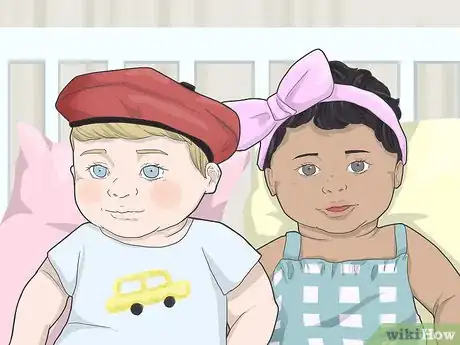

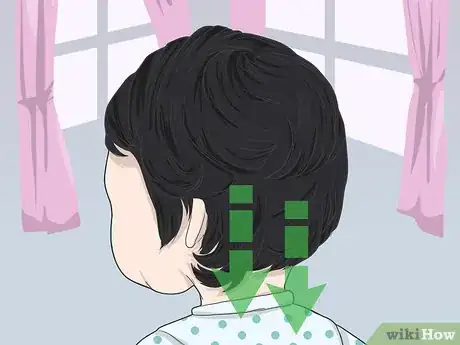
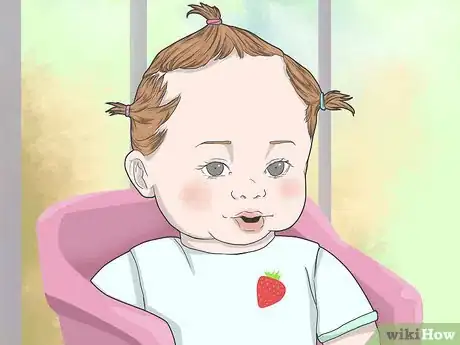
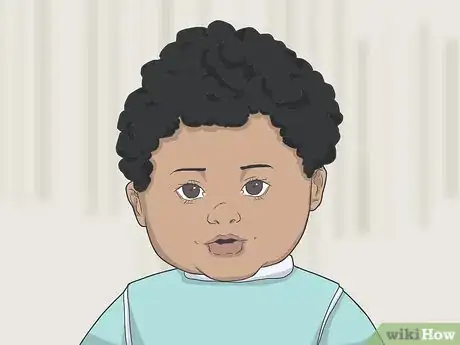
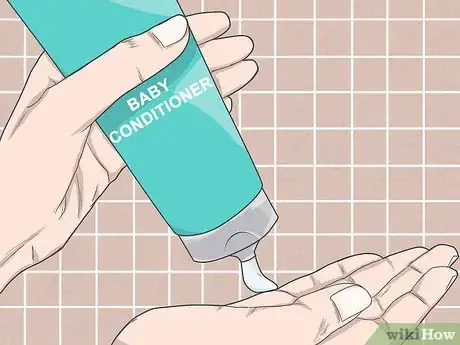

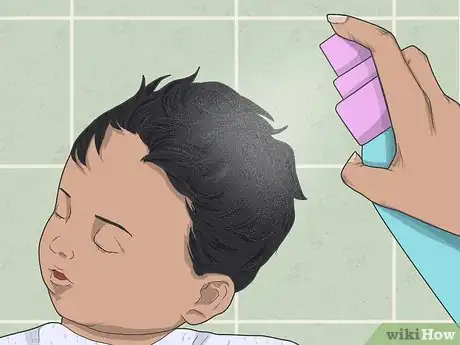
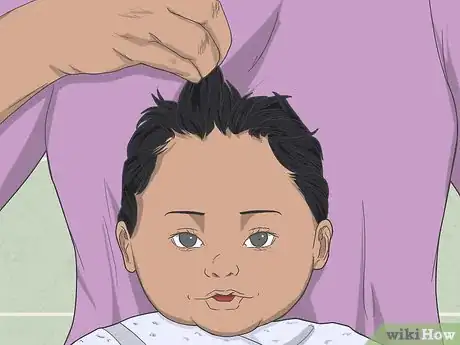
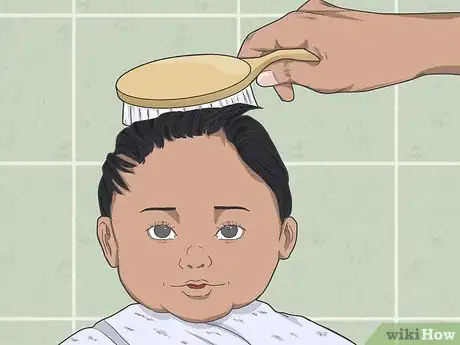
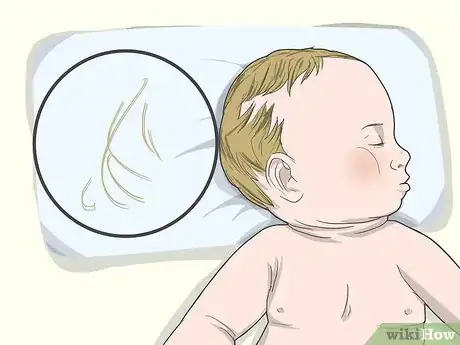
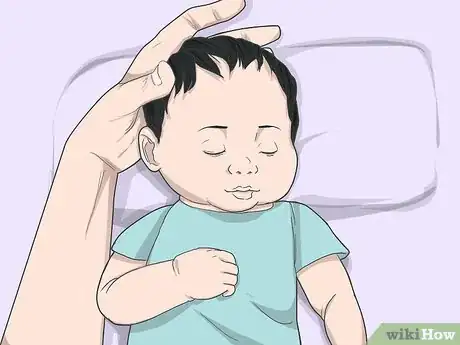


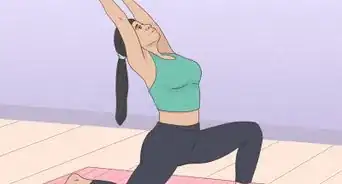
-Step-12.webp)
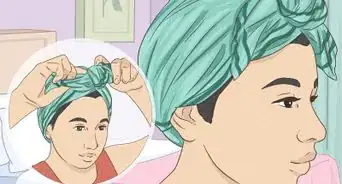

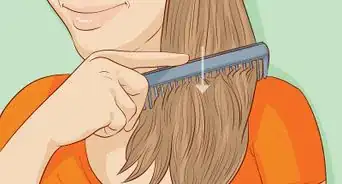

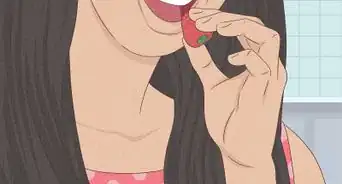
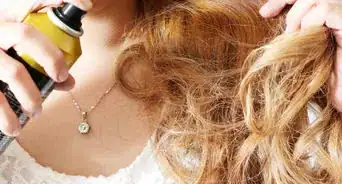






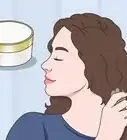

-Step-12.webp)
